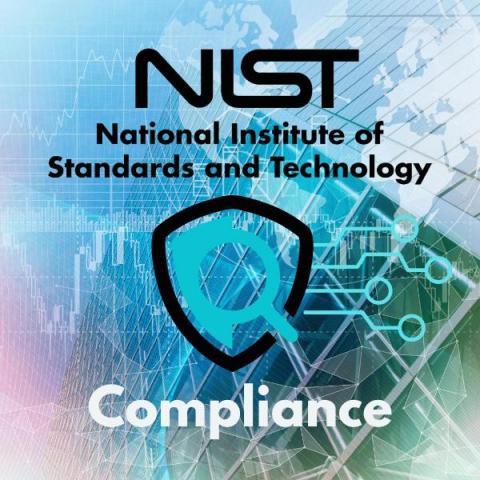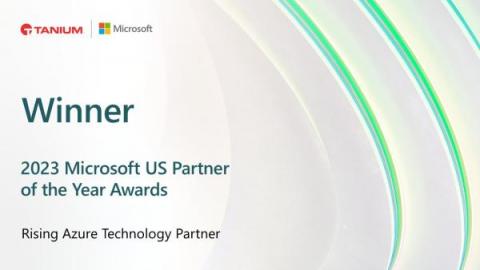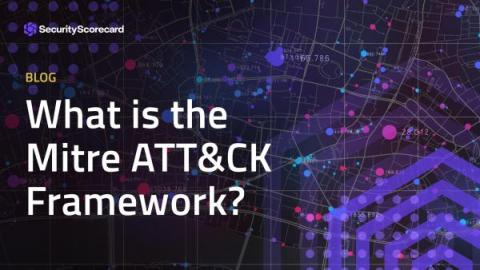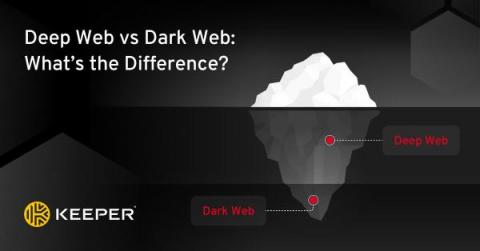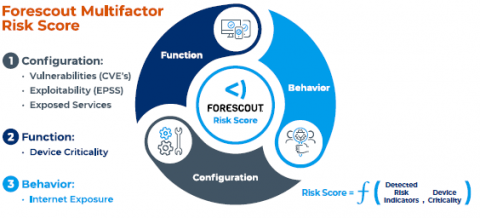Rubrik + Microsoft Sentinel: Taking Incident Response to the Next Level with AI
Security teams use tools like Microsoft Sentinel to aggregate their security events, alert on threat detection, and most importantly, orchestrate threat responses through a variety of automated playbooks. By providing both Security Information and Event Management (SIEM) and Security Orchestration, Automation, and Response (SOAR) functionality, Sentinel enables teams to respond to threats quickly and efficiently.



